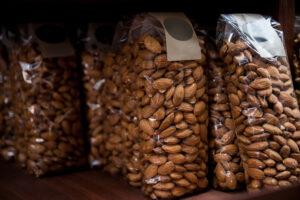Executive Summary
Calf prices steadily improved through the first four months of 2019 and drought conditions have significantly eased, but profit margins in the beef sector remain tight.
- A wet winter led to improved beef prices in some states
- Cow prices are down from last year’s marks
- Cattle on feed hit a record level and may outpace demand
- Fed cattle prices have declined and profit margins are thinner than expected
Cattle ranching operations have historically faced challenges like narrow margins, inconsistent weather patterns and shifting market pressures. Following the drought years, ranchers enjoyed historic profit margins. However, in recent years margins have softened somewhat.
Calf prices in most of American AgCredit’s territory (California, Colorado, Kansas, New Mexico, Nevada and Oklahoma) moved off of seasonal lows in the first quarter, and in some cases are tracking higher than they were in 2018. Input prices increased marginally in the first quarter, while profit margins have tightened but remain mostly positive. For example, the Food and Ag Policy Research Institute (FAPRI) recently estimated that cow-calf net returns in 2019 would be roughly $46 per head. This 2019 estimate is positive, but represents about a $30 per head decline from the 2018 estimate, as FAPRI estimated that feed costs would increase about 2 percent and calf prices would decline about 3.5 percent.



